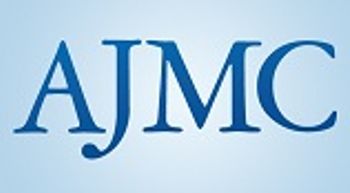
In conjunction with provider-oriented payment reform, tools like VBID that change the focus from how much to how well we spend our healthcare dollars.

In conjunction with provider-oriented payment reform, tools like VBID that change the focus from how much to how well we spend our healthcare dollars.

This spring as the feds have been drawing up new rules for the program, a pitched battle has broken out between hospitals and drug manufacturers who say the program, known as 340B, is now bloated and badly regulated.

Once strictly the domain of research labs, gene-sequencing tests increasingly are being used to help understand the genetic causes of rare disease, putting insurance companies in the position of deciding whether to pay the $5,000 to $17,000 for the tests.

Recent controversy over the cost of Sovaldi (Gilead Sciences)-a $1000-per-dose treatment for hepatitis C-has sparked a debate as to whether there should be federal caps on the costs of certain prescription drugs.



Those with chronic illnesses such as leukemia, hepatitis C, and multiple sclerosis may face a significant increase in their out-of-pocket expenses for specialty drugs. This is because payers are replacing fixed-dollar copayments with coinsurance rates that require patients to contribute a higher percentage of the cost for their specialty medications.

Examining the financial impact that patient assistance programs and the 340B Drug Pricing Program have on improving medication cost.

When it comes to managing chronic conditions and rare disease, the cost of treatment can be astronomical.

The cost to treat rare disease can be extraordinary.

Fatigue and cognitive impairment are 2 of the most common health problems associated with multiple sclerosis (MS). Recent MS studies evaluate the nature of these 2 conditions not just as side effects of MS, but as chronic conditions with varying degrees of severity based on objective assessment and self-perception.















259 Prospect Plains Rd, Bldg H
Cranbury, NJ 08512
© 2025 MJH Life Sciences®
All rights reserved.
